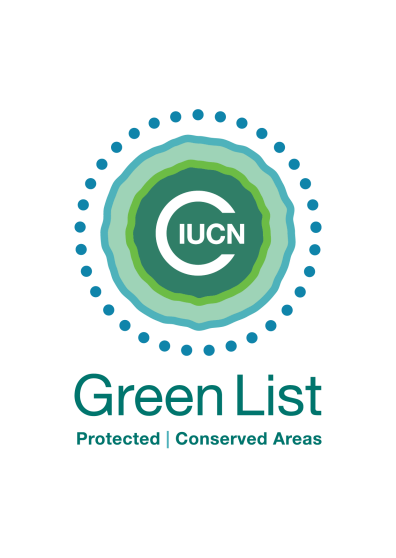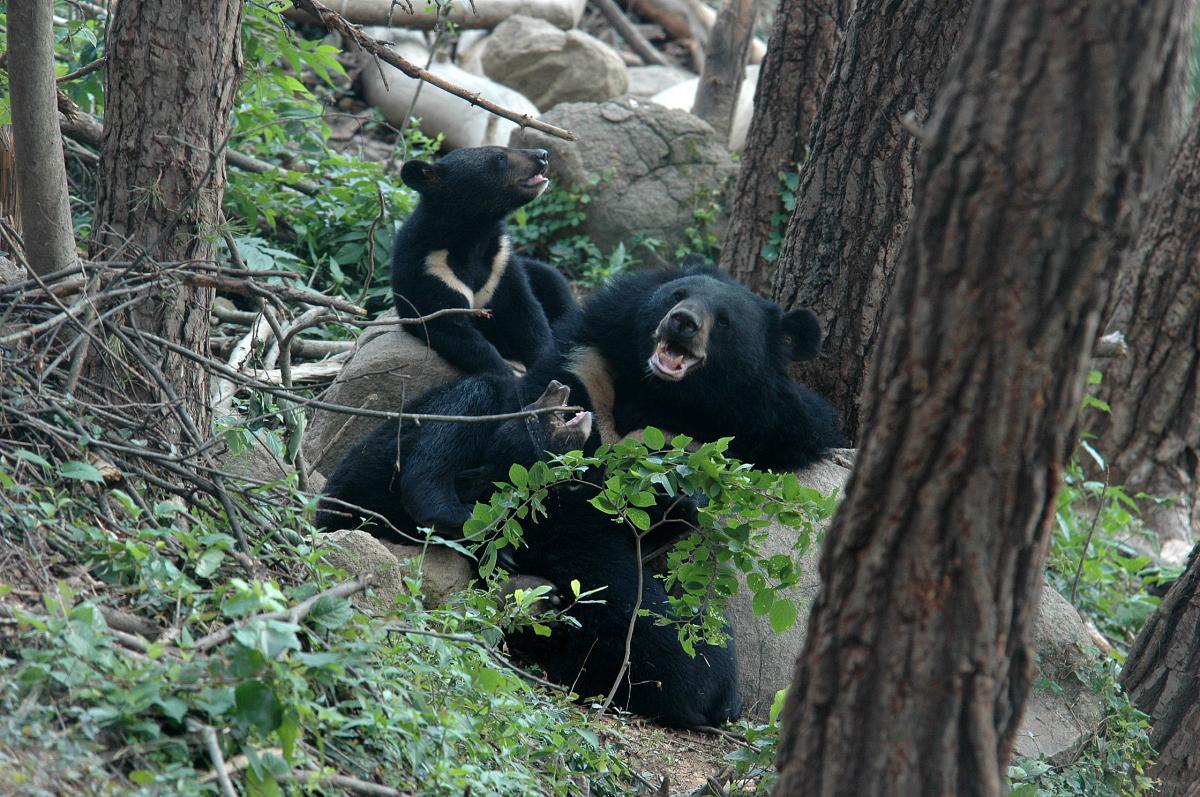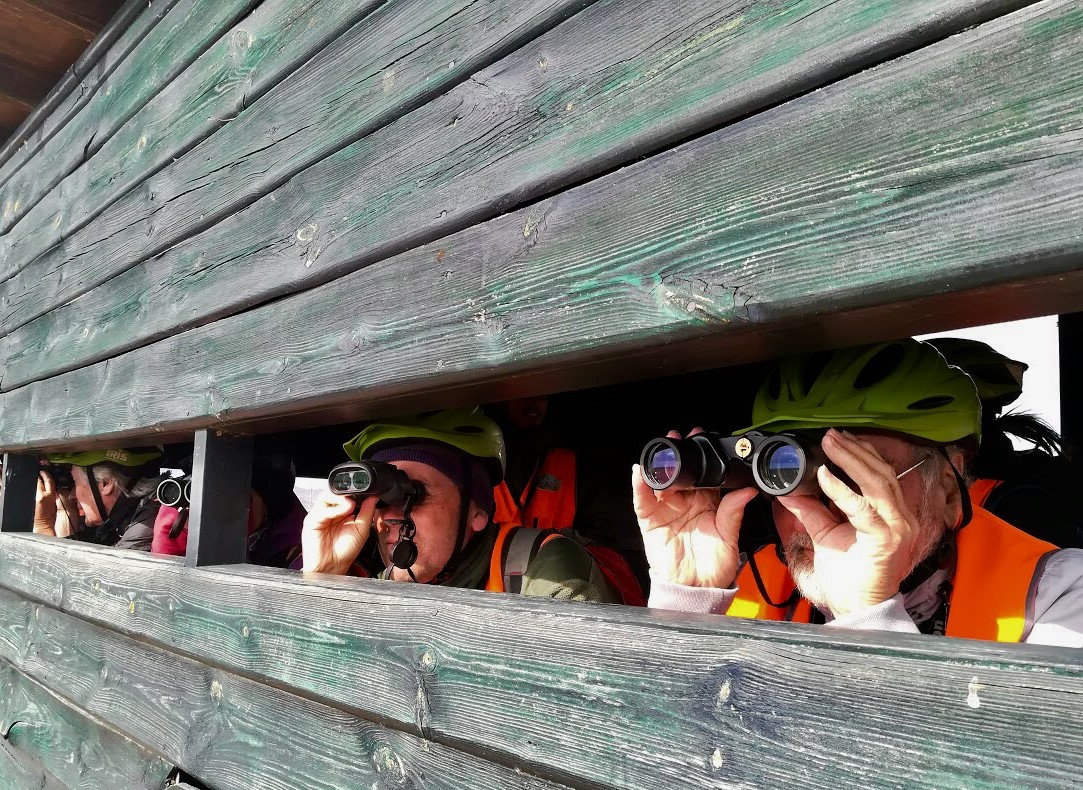Georgia goes Green List
Georgia, located at the crossroads of Eastern Europe and Western Asia, has renewed its commitment to join the IUCN Green list programme in 2018.
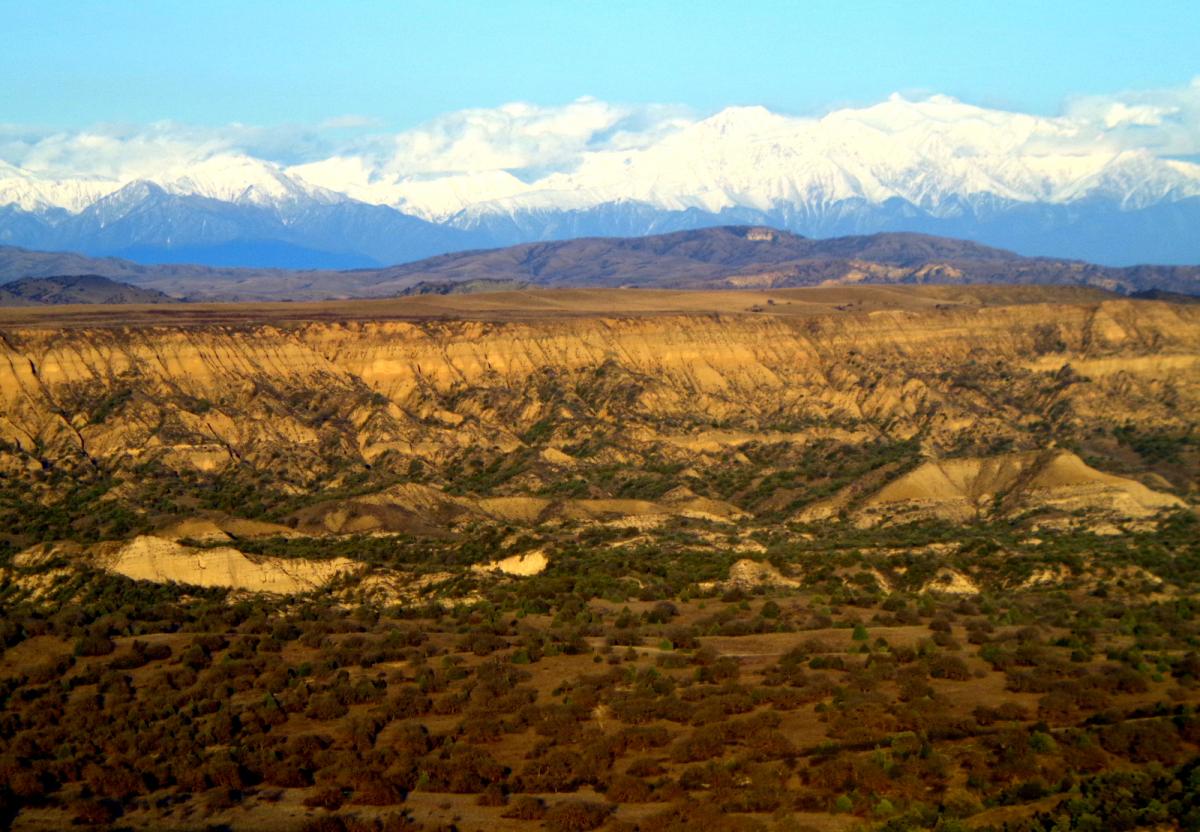
Photo: J. Hardcastle/A. Kodiashvili
The IUCN Green List team recently gave a thorough introduction of the new Global Programme to David Markozashvili, chairman of the Agency of Protected Areas (APA) of Georgia, and Ekaterine Grigalava, Deputy Minister of the Ministry of Environment and Natural Resources Protection of Georgia.
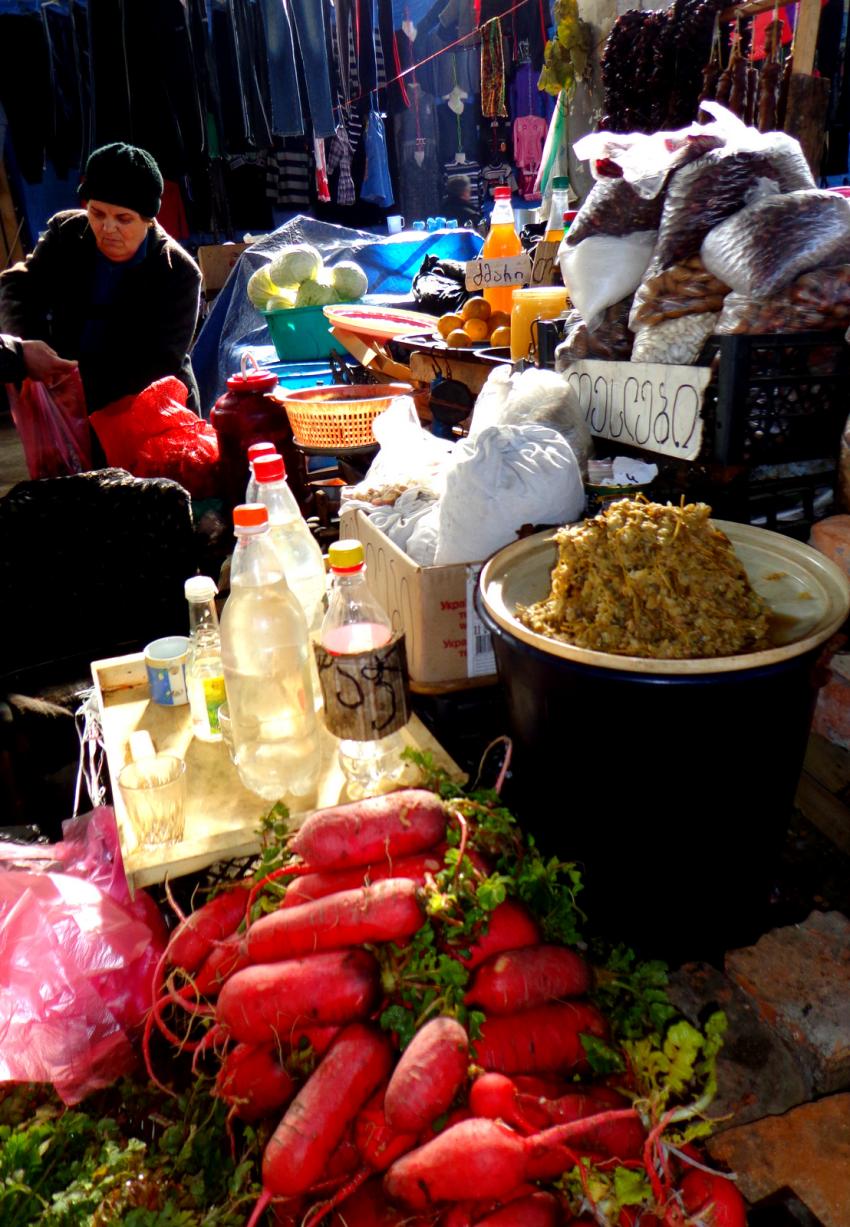 Photo: J. Hardcastle/A. Kodiashvili
Photo: J. Hardcastle/A. Kodiashvili
The APA presented a session called 'The IUCN Green List in the Georgian Context' which highlighted the different types of PA categories in Georgia, as well as existing assessment tools in place to measure the management effectiveness of Georgia and possible candidates for suggestion. Georgia has a strong tradition of assessing their PAs under various projects for the last 15 years and are keen to continue this tradition by also adding the good governance component.
Georgia is a mountainous country, from the Greater Caucasus Mountain Range at the northern border of the country to the Lesser Caucasus Mountains in the south. Peaks in the Greater Caucasus Range rise above 5,000 meters above sea level. Georgia is also a maritime country with a lengthy coastline on the Black Sea. Georgia also has low-land marsh-forests, swamps, and temperate rainforests, while the eastern part of the country contains a small area of semi-arid plains, such as those protected in Vashlovani Protected Area.
Georgia’s protected area network is increasingly more adaptable, professional, and effective. It now includes a number of governance designations, including a growing recognition of the role of traditional governance systems by local people, especially in the remoter, mountainous reaches of the country.
Georgia is home to about 5,601 species of animals, including 648 species of vertebrates. Large carnivores live in the forests, including Brown bears, wolves, lynxes and Caucasian Leopards. Slightly more than 6,500 species of fungi have been recorded in Georgia.
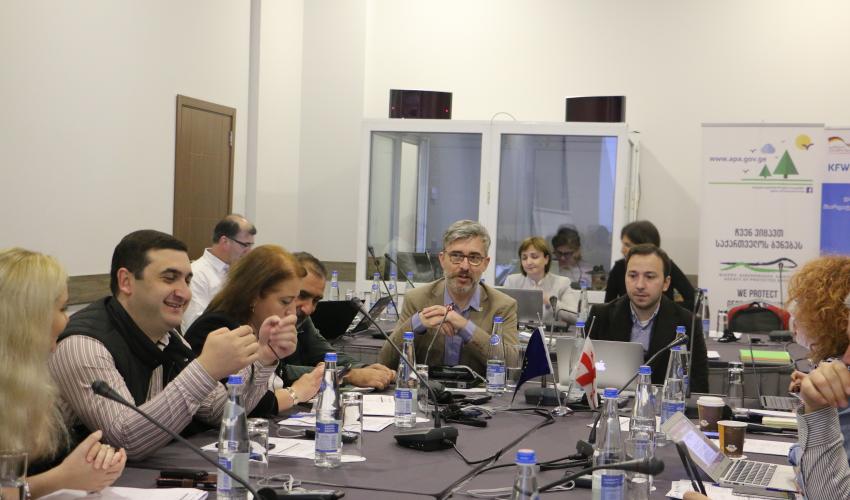 Photo: Jennifer Kelleher/IUCN
Photo: Jennifer Kelleher/IUCN
